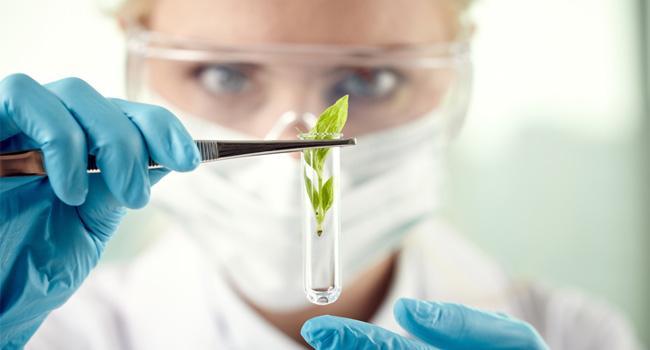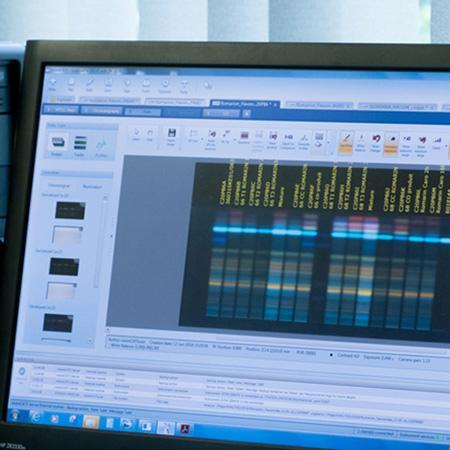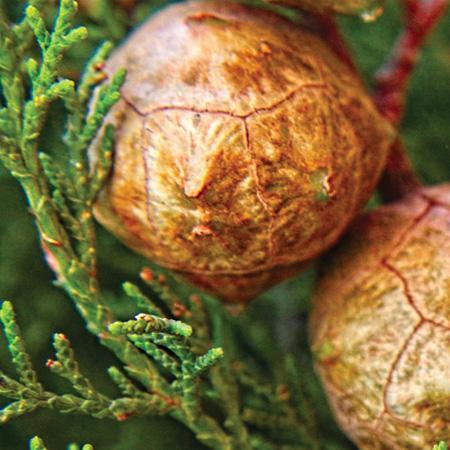Analytical expertise
This team of 15 specialists, comprising highly-qualified scientists, engineers, pharmacists and technicians, is tasked with developing and refining numerous analyses. These analyses determine the phytochemical profile of the plant so that it can be compared with that of the extract obtained from the same plant. If this test is passed then the extract will deliver the expected action.
Our analytical expertise has been developed as result of collaborative working with various public and private laboratories as well as through significant investment in sophisticated analysis techniques (e.g. high performance chromatography coupled with mass spectrometry).
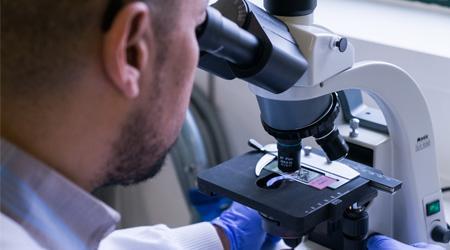
Analysing the fresh plant
By taking samples directly from the growing plant, at different times in the growing cycle, PiLeJe can compare the content of actives in the plants.
This can provide very valuable information; for example, assaying the rosmarinic acid content of lemon balm plants identifies not only the right moment to pick the lemon balm leaves but also how low to cut the plant for optimal regrowth.
Analysing the extract
High performance equipment can accurately characterise and quantify the compounds present in an extract. In other words, it can establish the plant’s “phytochemical fingerprint”.
The aim is primarily to ensure that the molecular profile (i.e. the chemical composition) of the extract is as similar as possible to the fresh plant from which it was made. This ensures that the extract will deliver therapeutic benefits very similar to those which would be achieved by using the freshly harvested plant.
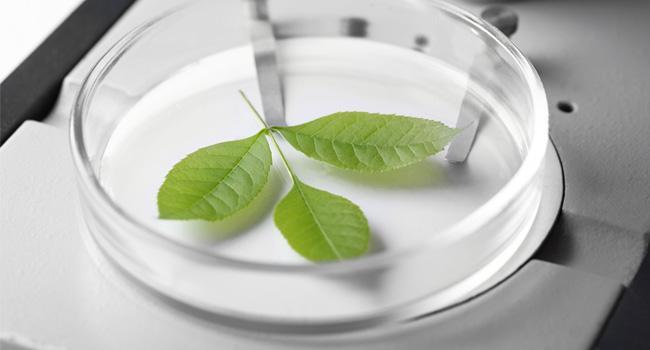
The phytochemical research undertaken demonstrates that, in most cases, the PiLeJe extraction process produces a molecular profile whose spectrum is broader than that produced with a single hydroalcoholic extraction. This means that our extracts contain a wider range and a higher concentration of compounds.
Phytochemical analysis is also useful when comparing, for example, the quality of two extracts produced from the same plant grown using different conditions or techniques. If the quality of the two extracts differs, then the results can be used to introduce changes to the growing conditions or techniques.
Clinical research
The PiLeJe research team routinely analyses the extracts obtained, working with private and public independent laboratories (operated by national research institutes, universities, etc.), as well as with doctors and pharmacists.
Moreover, PiLeJe undertakes numerous scientific studies every year, notably in vivo pre-clinical studies on animals and observational clinical studies on subjects treated in GP's surgeries. Reports of some of these studies are subsequently published in international journals.
